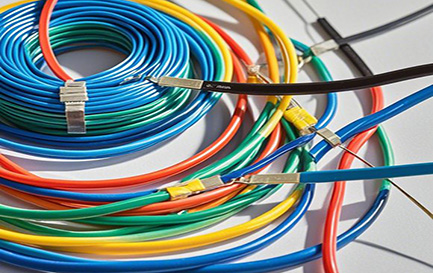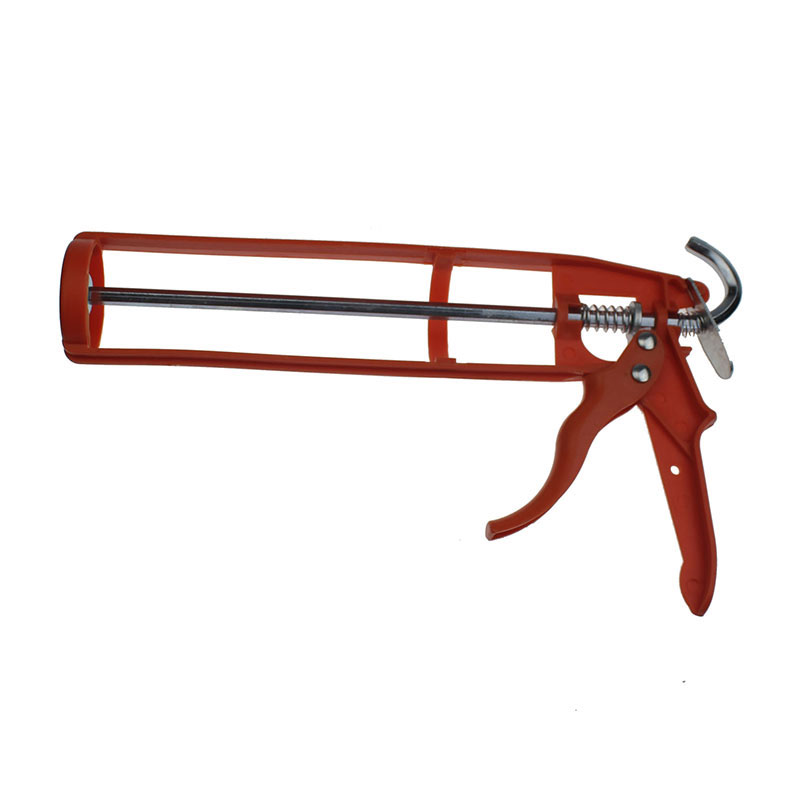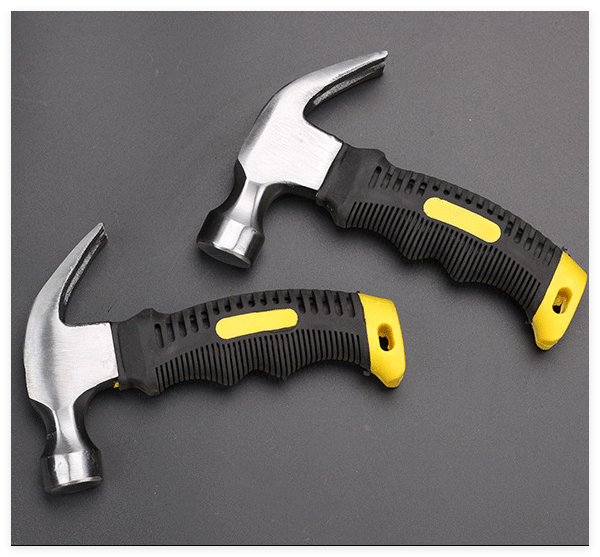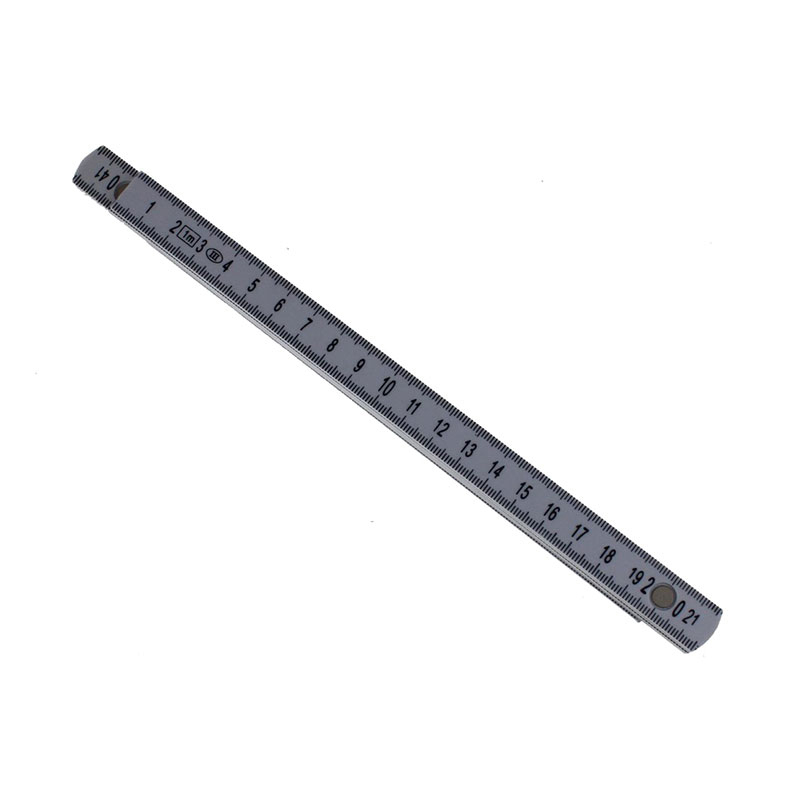Tips for using cable ties
Cable ties, those unassuming yet highly functional strips of nylon or plastic, are essential tools in a wide range of applications. From tidying up a jumbled mess of wires to securing objects in industrial settings, knowing how to use them effectively can make a world of difference. Here are some valuable cable tie usage tips.
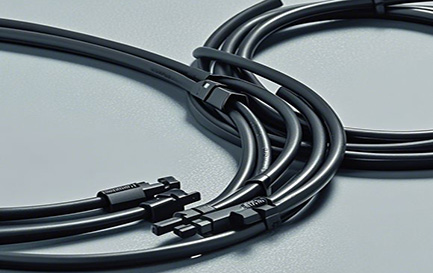
Choosing the Right Size and Strength
Selecting the appropriate cable tie size and strength is crucial. For small electronics projects like organizing the cables behind a computer or a TV, miniature cable ties with a length of a few inches and a relatively low tensile strength, around 18 pounds, are sufficient. These won't damage the delicate wires and will provide just the right amount of hold. In contrast, for heavy-duty industrial applications such as bundling thick power cables or securing large pipes, you'll need cable ties with a high tensile strength, exceeding 100 pounds, and a longer length to accommodate the larger girth. Measure the objects or cable bundles you plan to secure in advance to ensure a proper fit.
Proper Tightening Technique
When tightening a cable tie, it's important not to overdo it. While you want a secure hold, excessive force can damage the cable or the object it's attached to. Insert the free end of the tie through the locking mechanism and gradually pull it snug. A good rule of thumb is to tighten until the cable or objects are held firmly in place without causing any deformation or constriction. For cables, make sure not to pinch them so tightly that it affects their electrical conductivity or causes internal damage.
Utilizing the Locking Mechanism Efficiently
Understand the locking mechanism of the cable tie. Some cable ties have a simple ratchet-style lock where the teeth on the tie engage with a pawl in the head. To ensure a reliable lock, listen for a clicking sound as you tighten, indicating that the teeth are properly engaging. If you need to release a cable tie, for those that are not designed to be reusable, carefully cut it with wire cutters or scissors as close to the locking head as possible to avoid leaving a sharp protrusion. For reusable cable ties, familiarize yourself with the release mechanism, which often involves a small tab or lever that disengages the teeth from the lock.
Color Coding for Organization
Take advantage of the variety of cable tie colors available. In an electrical panel or a complex wiring setup, use different colors to code different circuits or types of cables. For example, use red cable ties for high-voltage wires and blue for low-voltage ones. This makes it much easier to identify and troubleshoot specific connections later on, saving time and reducing the risk of errors.
Grouping and Routing Cables
When dealing with multiple cables, group them logically before applying cable ties. Group cables that serve the same function or belong to the same device together. Then, route the cable bundles in an organized manner, following the natural path or a planned layout. Use cable ties at intervals along the route to keep the cables neatly in place and prevent them from sagging or getting tangled. This not only looks neater but also improves airflow and reduces the risk of tripping hazards.
Securing Objects in Unusual Shapes
Cable ties can be used to secure objects with irregular shapes. For example, if you need to attach a small sensor or a bracket to a pole or a frame, loop the cable tie around the object and through any available holes or grooves. Twist the tie to tighten and then secure it. You can even use multiple cable ties in combination to create a more stable and secure attachment.
Using Cable Ties for Temporary Fixes
Cable ties are great for temporary fixes. If you have a broken part that needs to be held together until a proper repair can be made, a cable tie can provide a quick and easy solution. Just be sure to check the integrity of the temporary fix regularly and replace it with a more permanent solution when possible.
Protecting Cables from Abrasion
When running cables through areas with rough surfaces or sharp edges, use cable ties to attach a layer of protective material, such as a piece of rubber tubing or a cable sleeve. This will prevent the cable from getting damaged and ensure its long-term functionality.
In conclusion, cable ties are versatile tools that can be used in countless ways. By mastering these usage tips, you can make the most of cable ties in your projects, whether it's a simple home organization task or a complex industrial installation.



